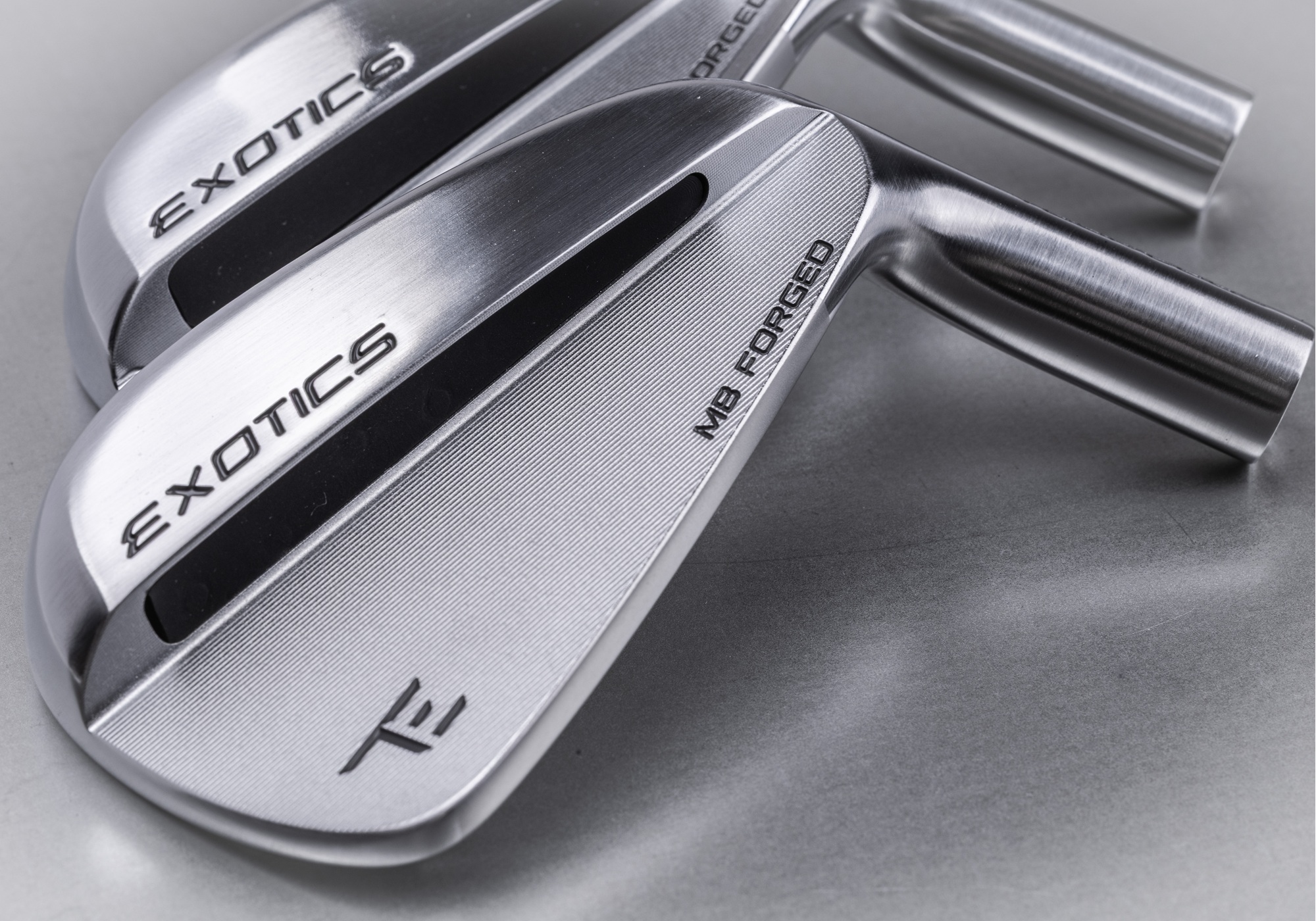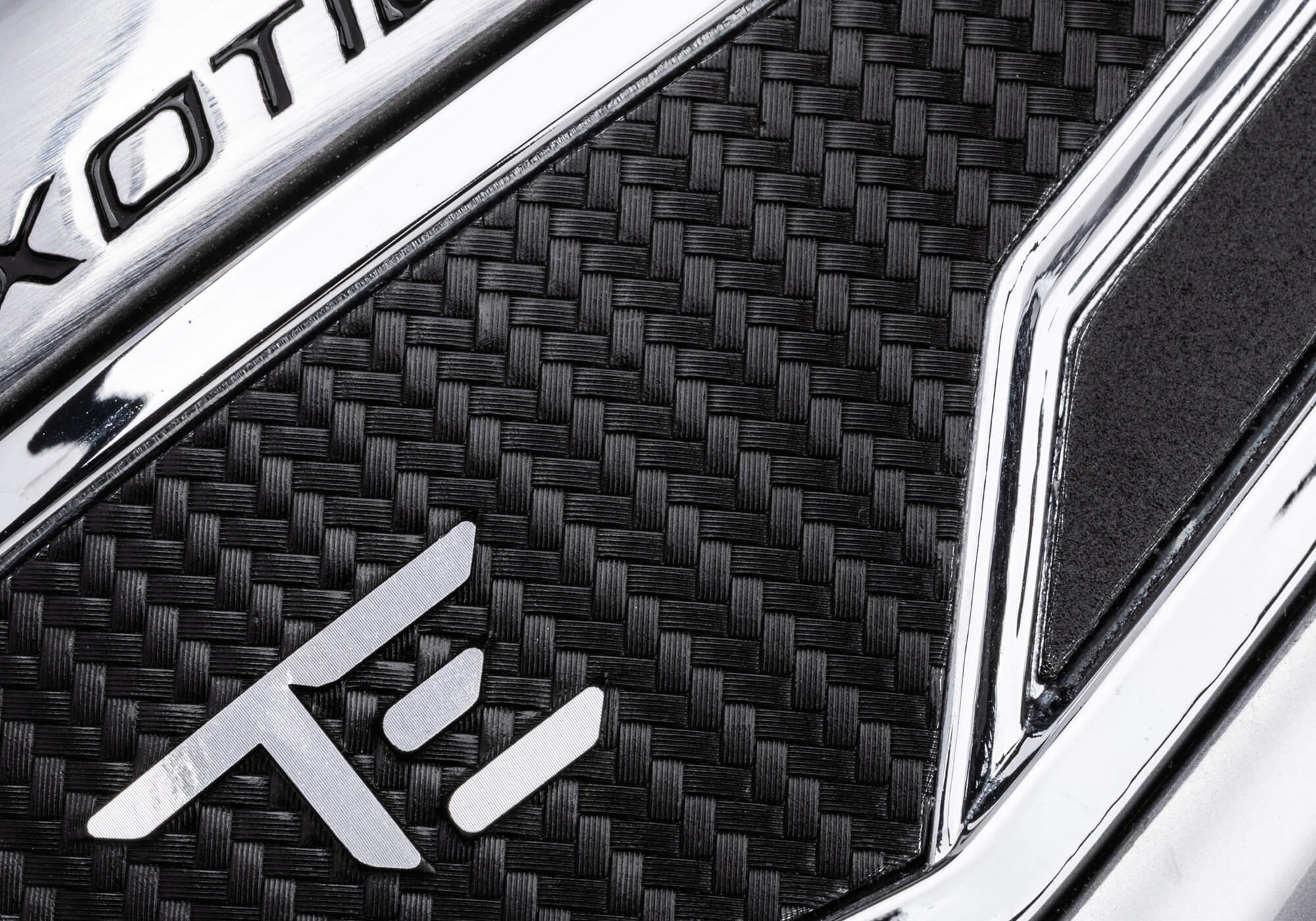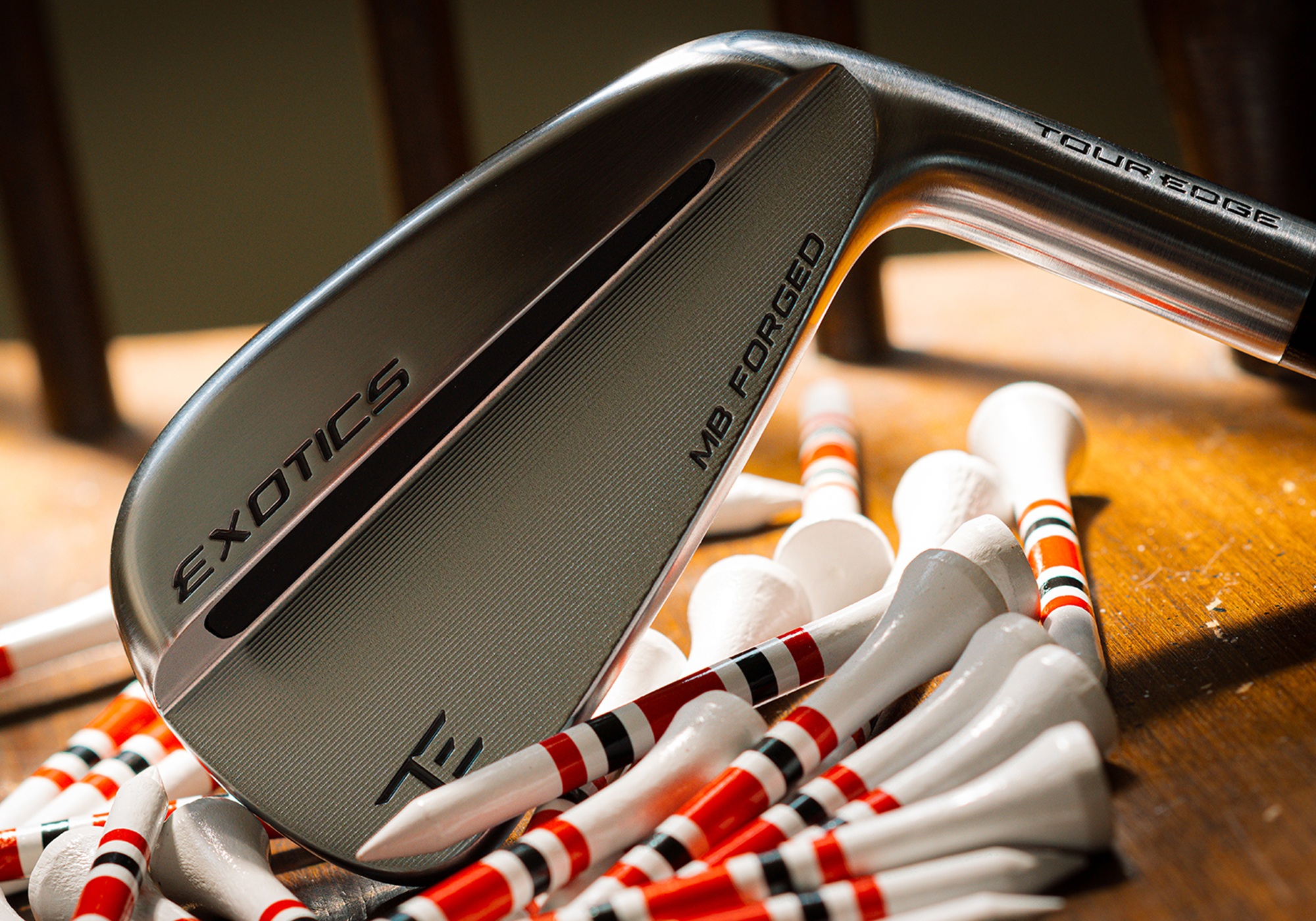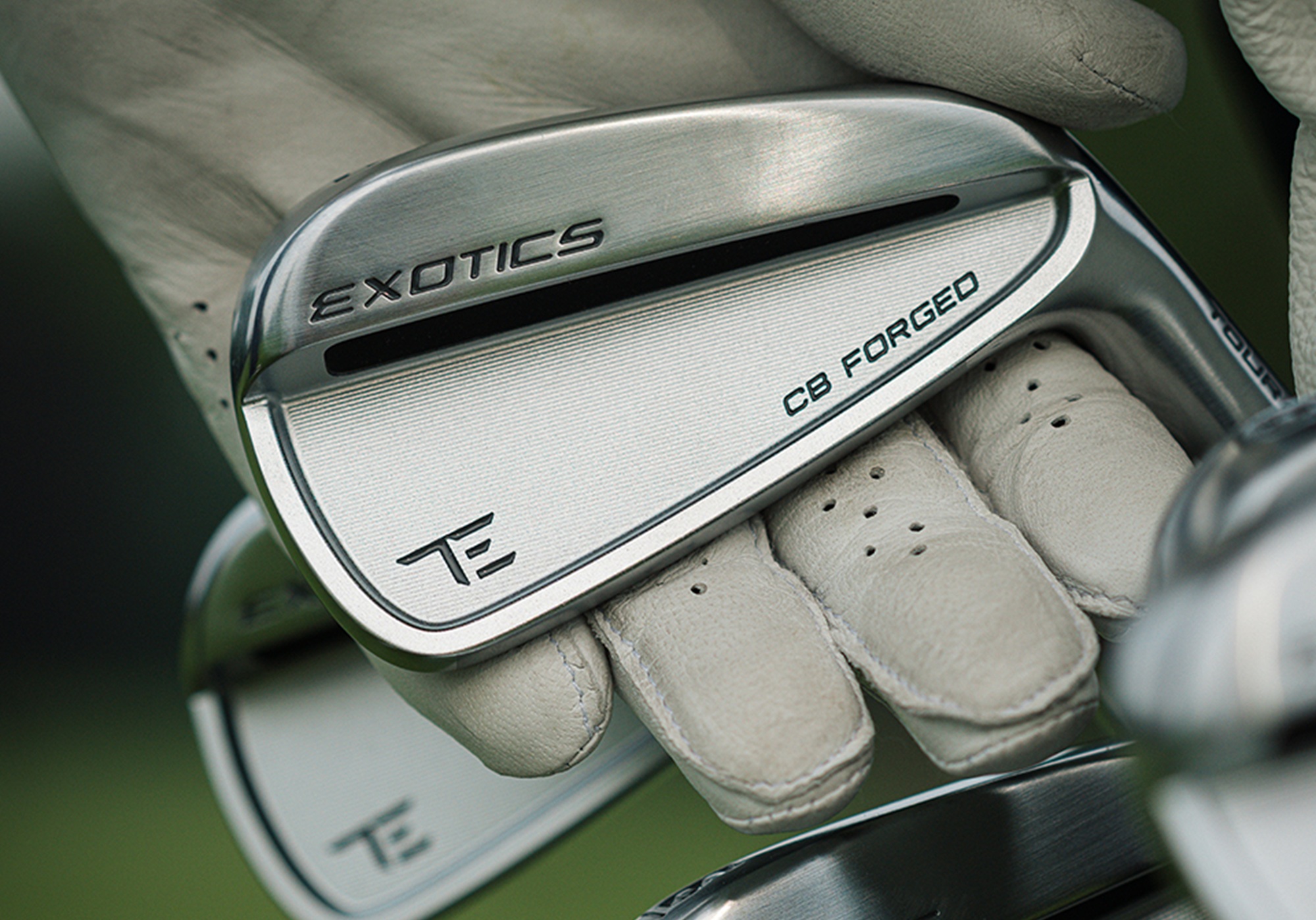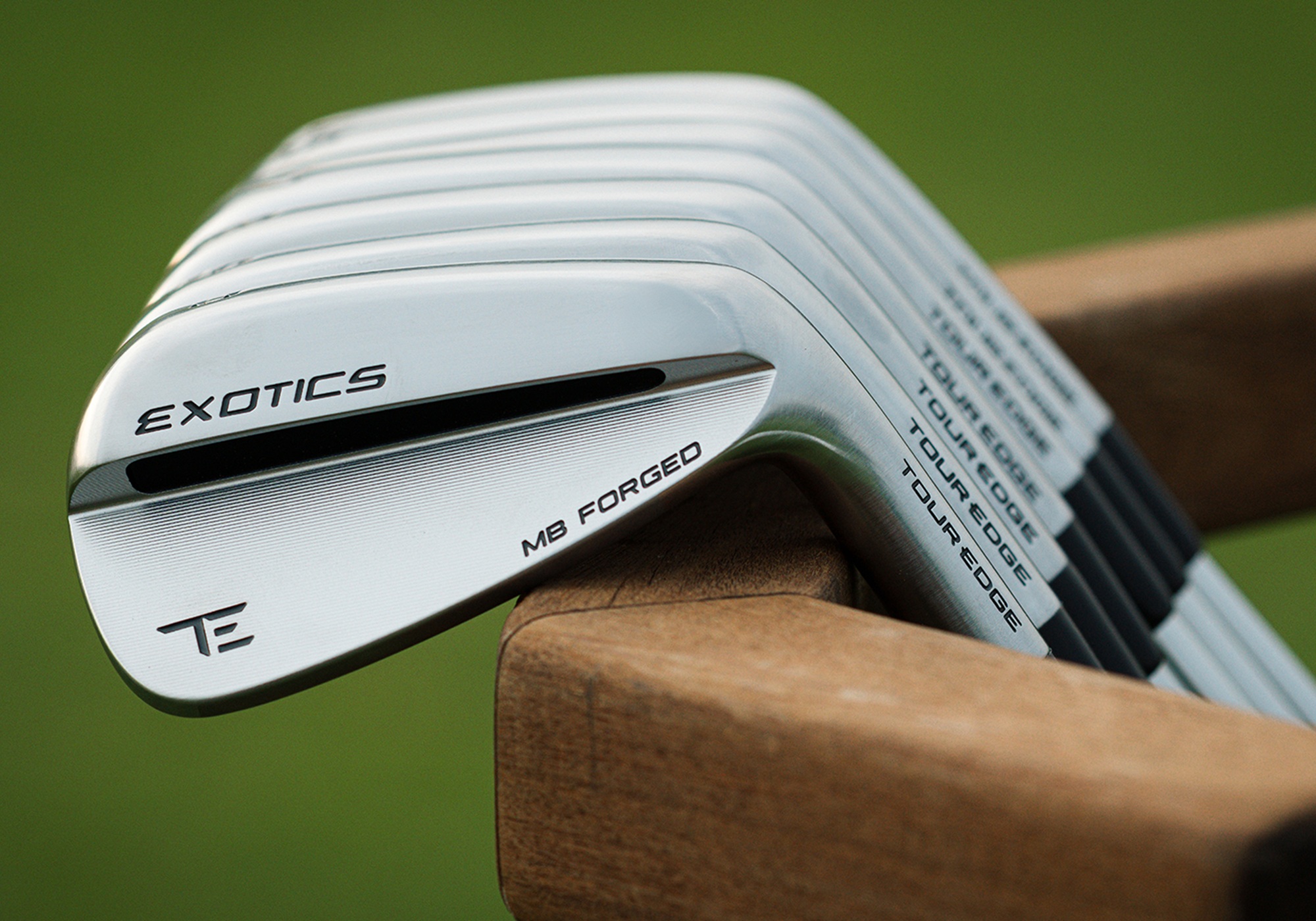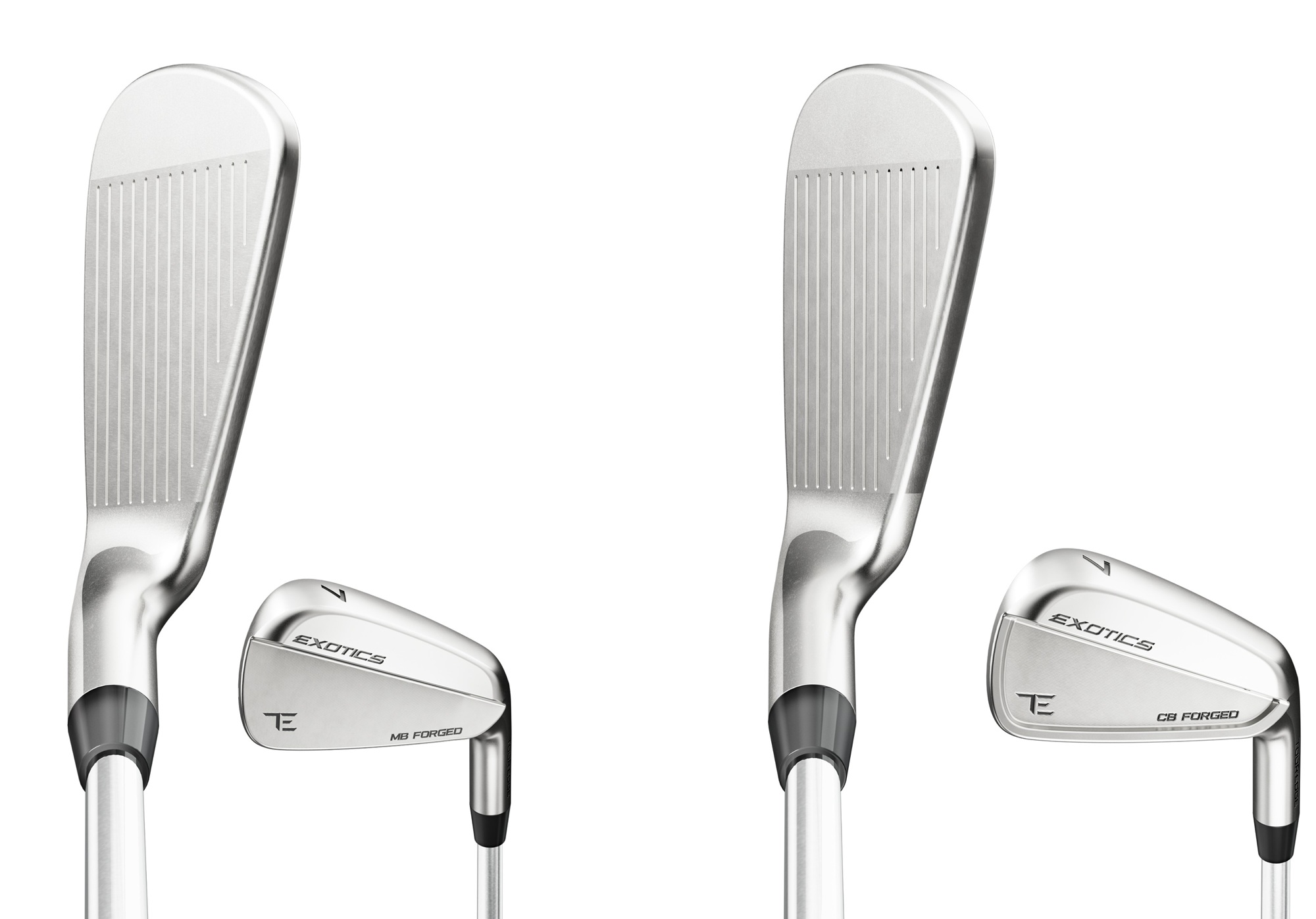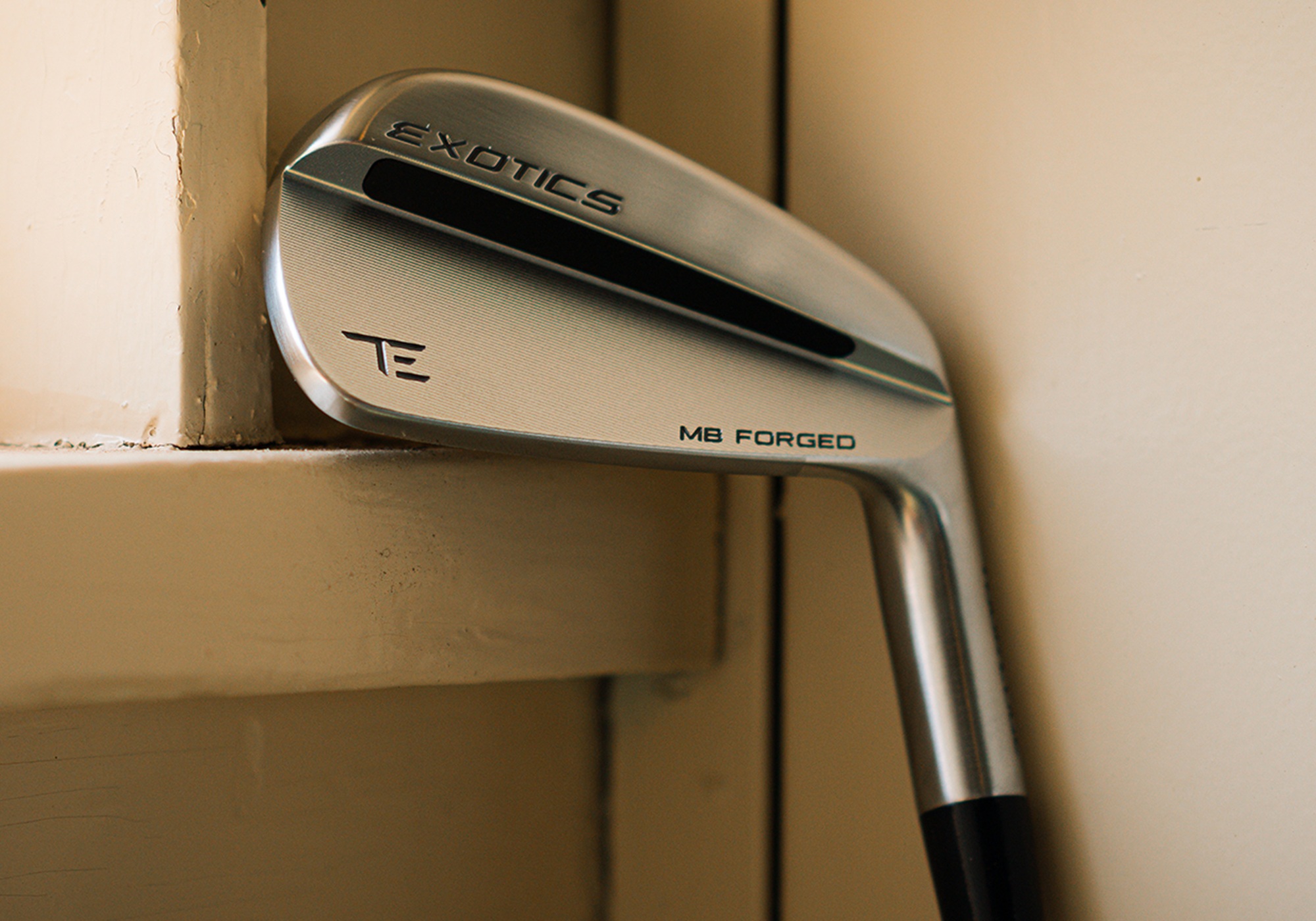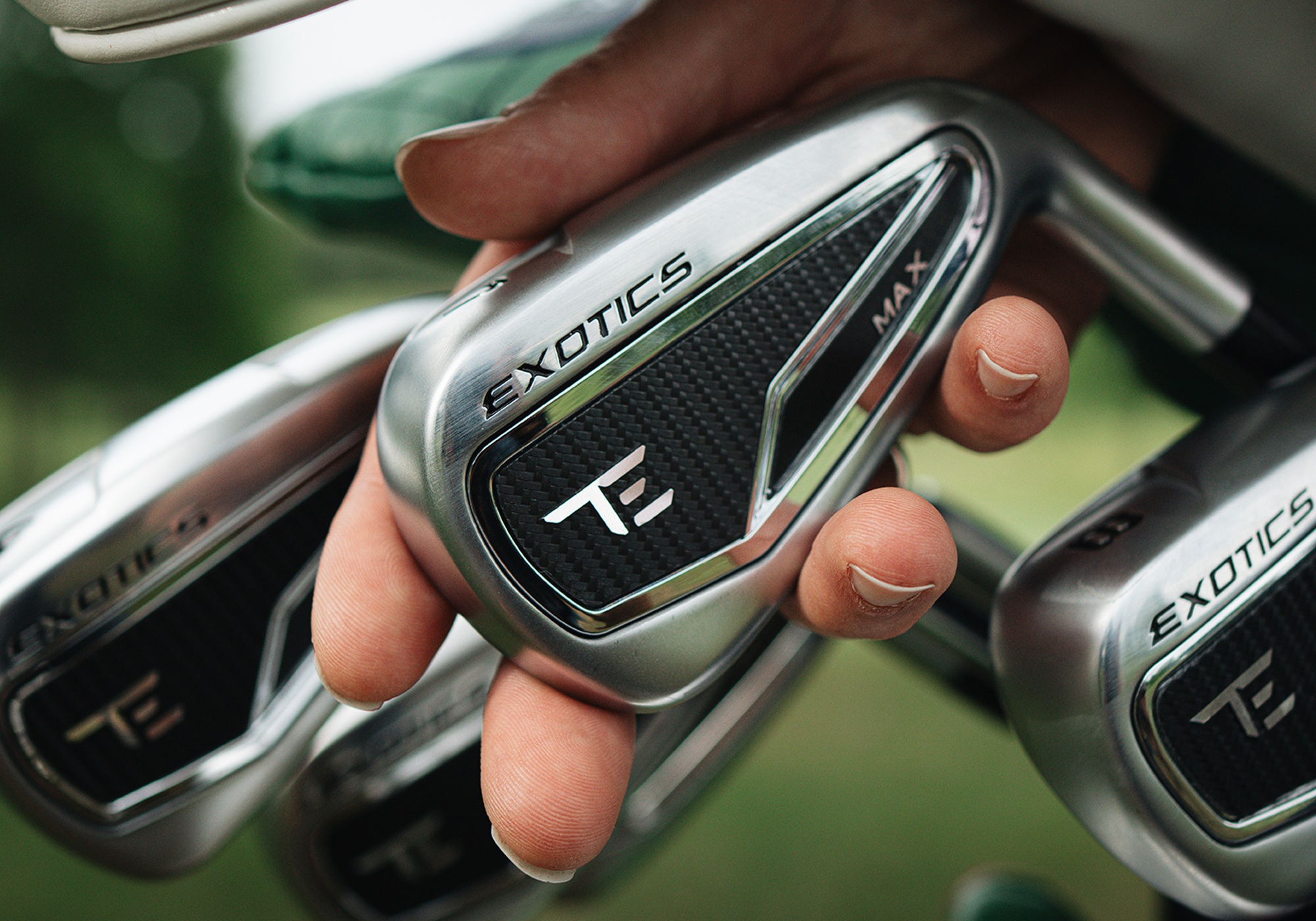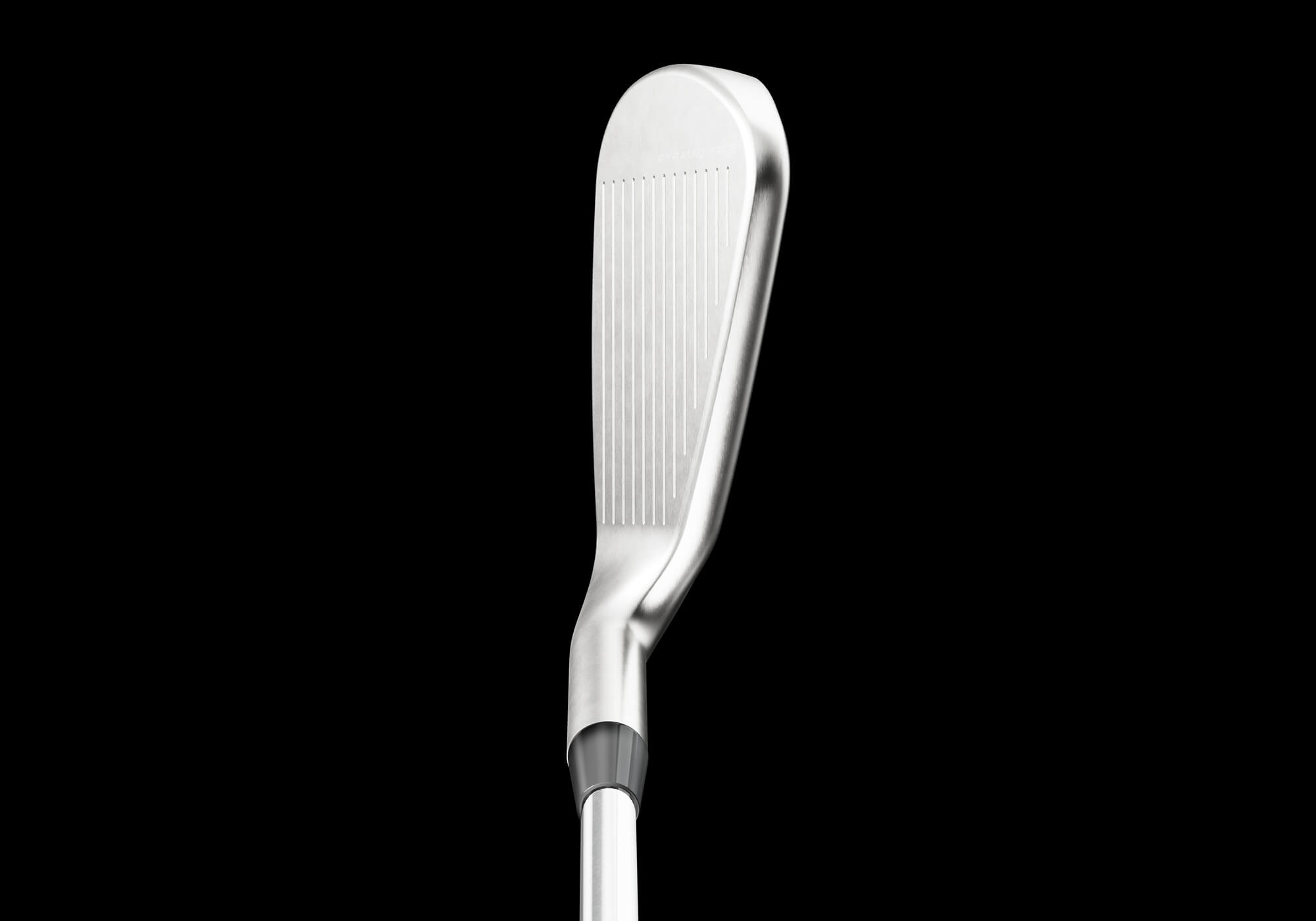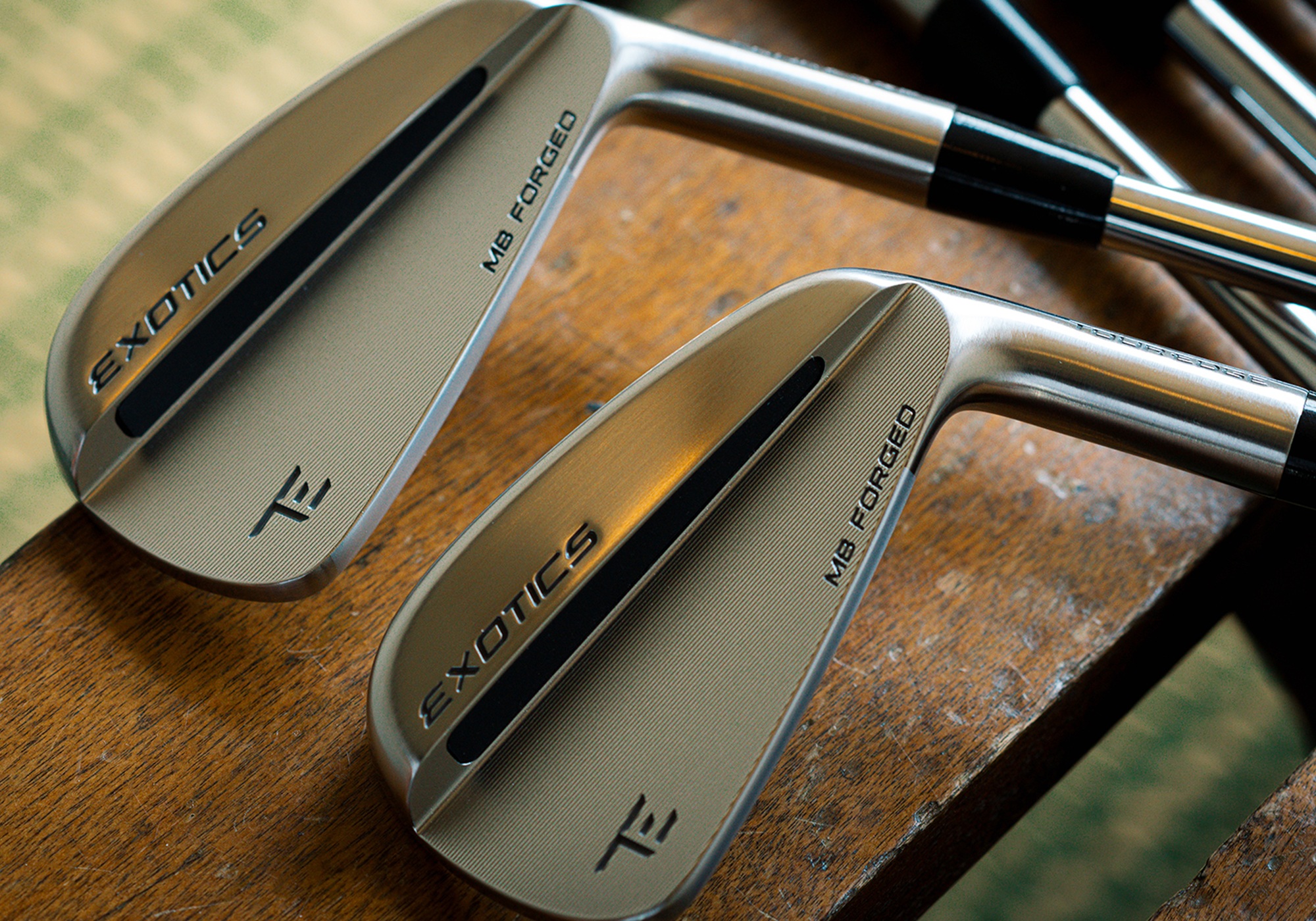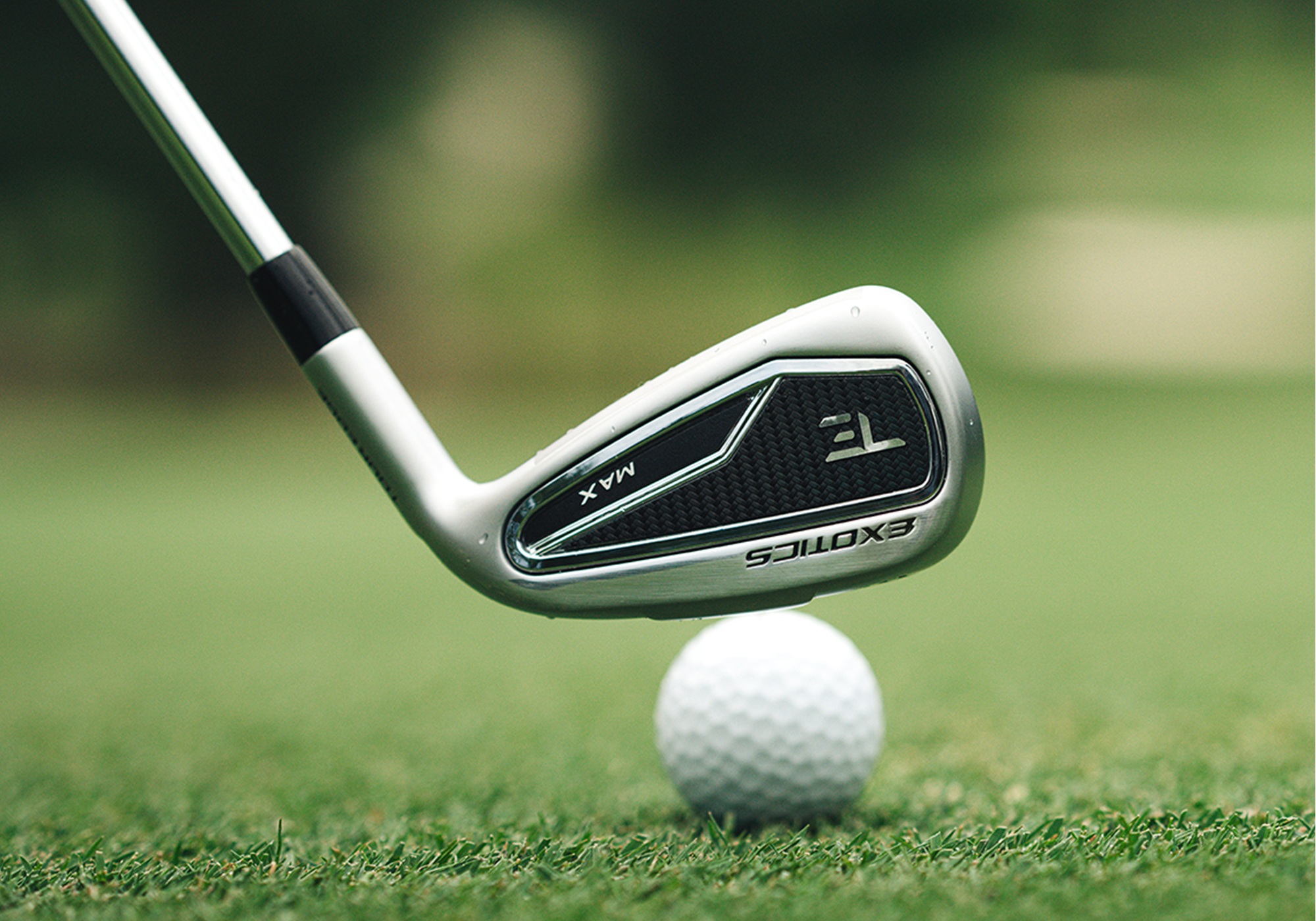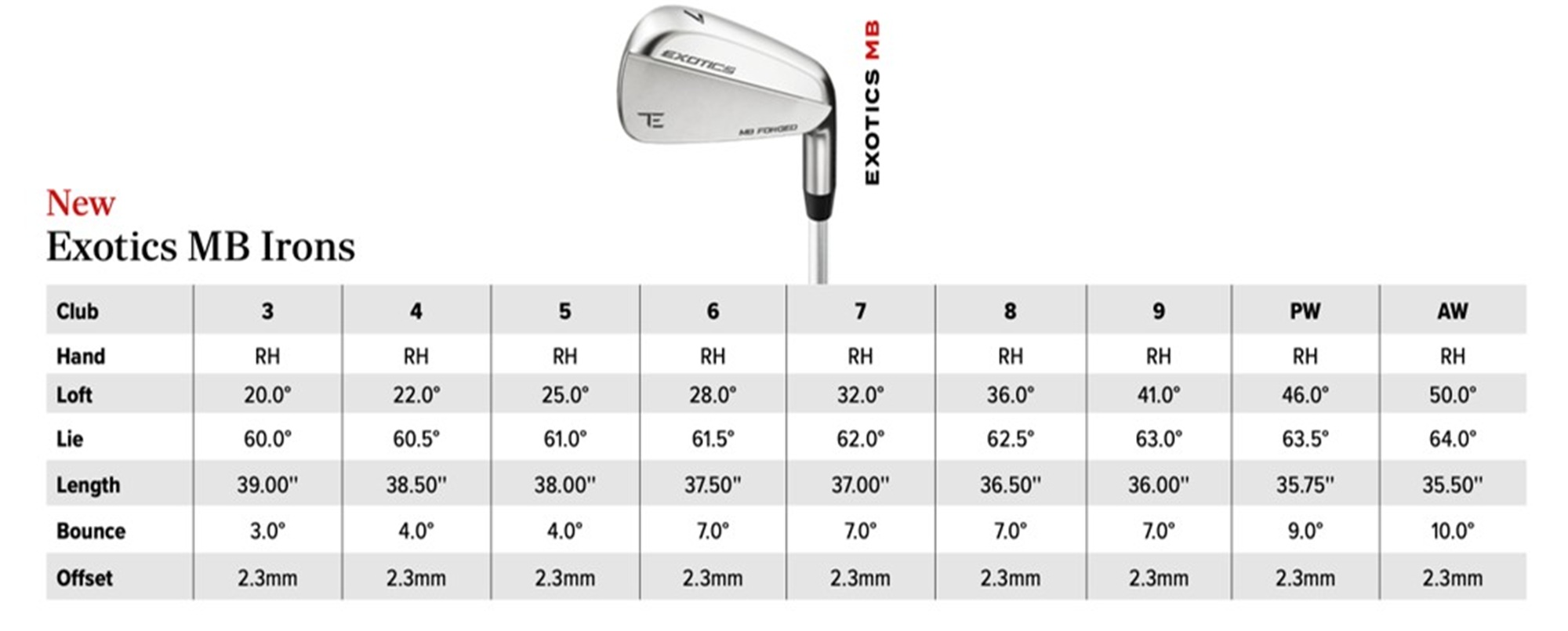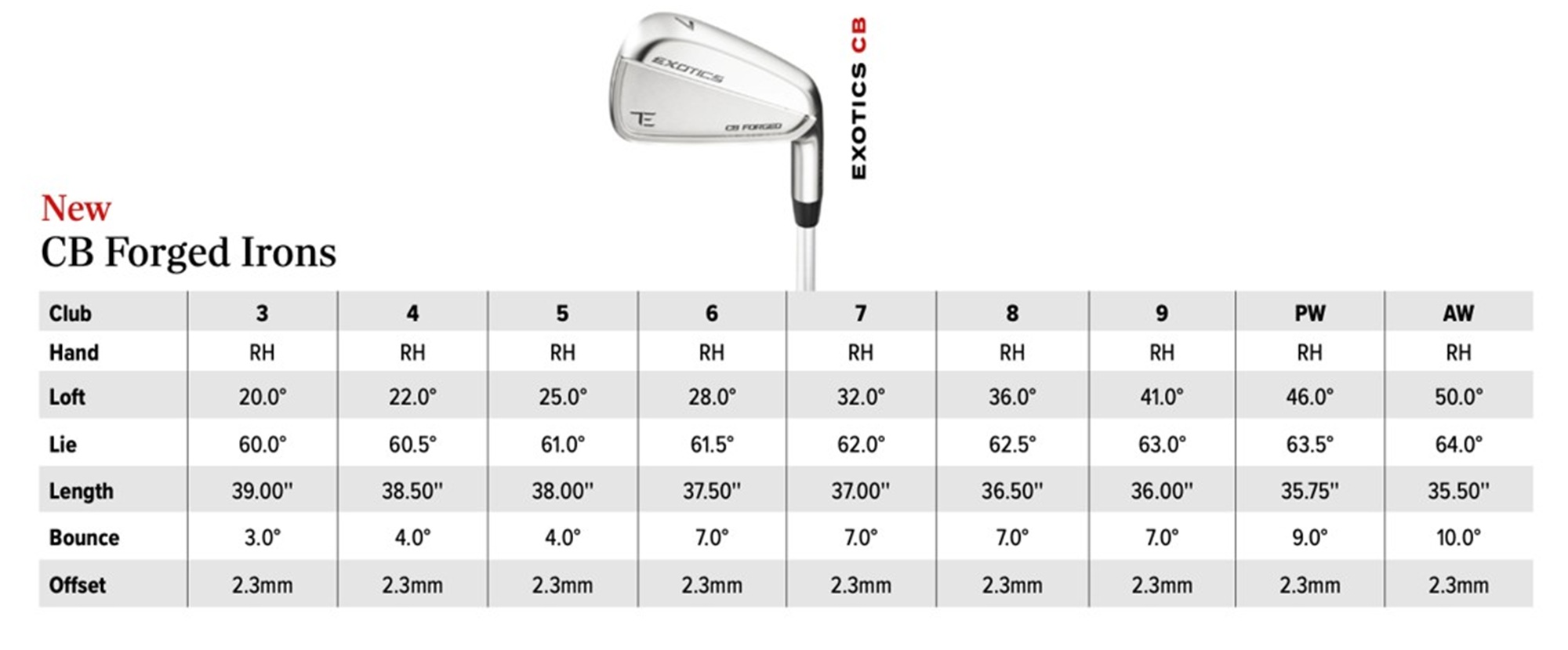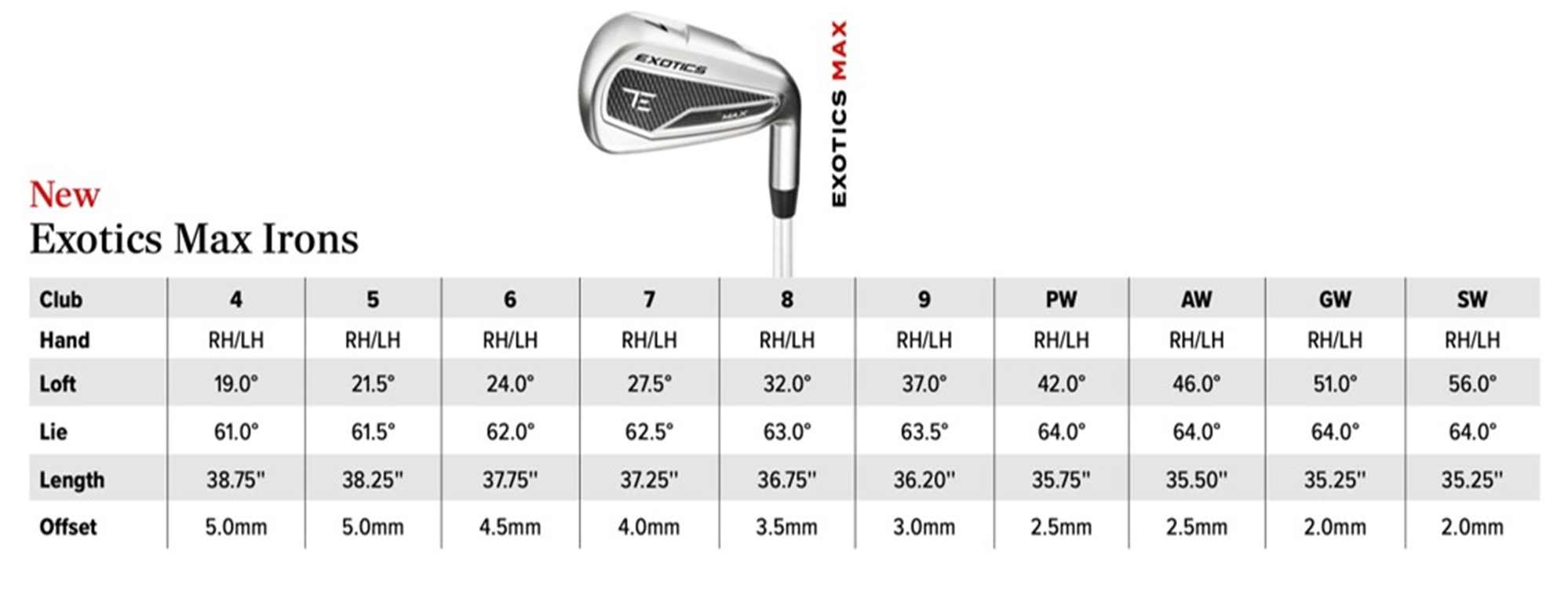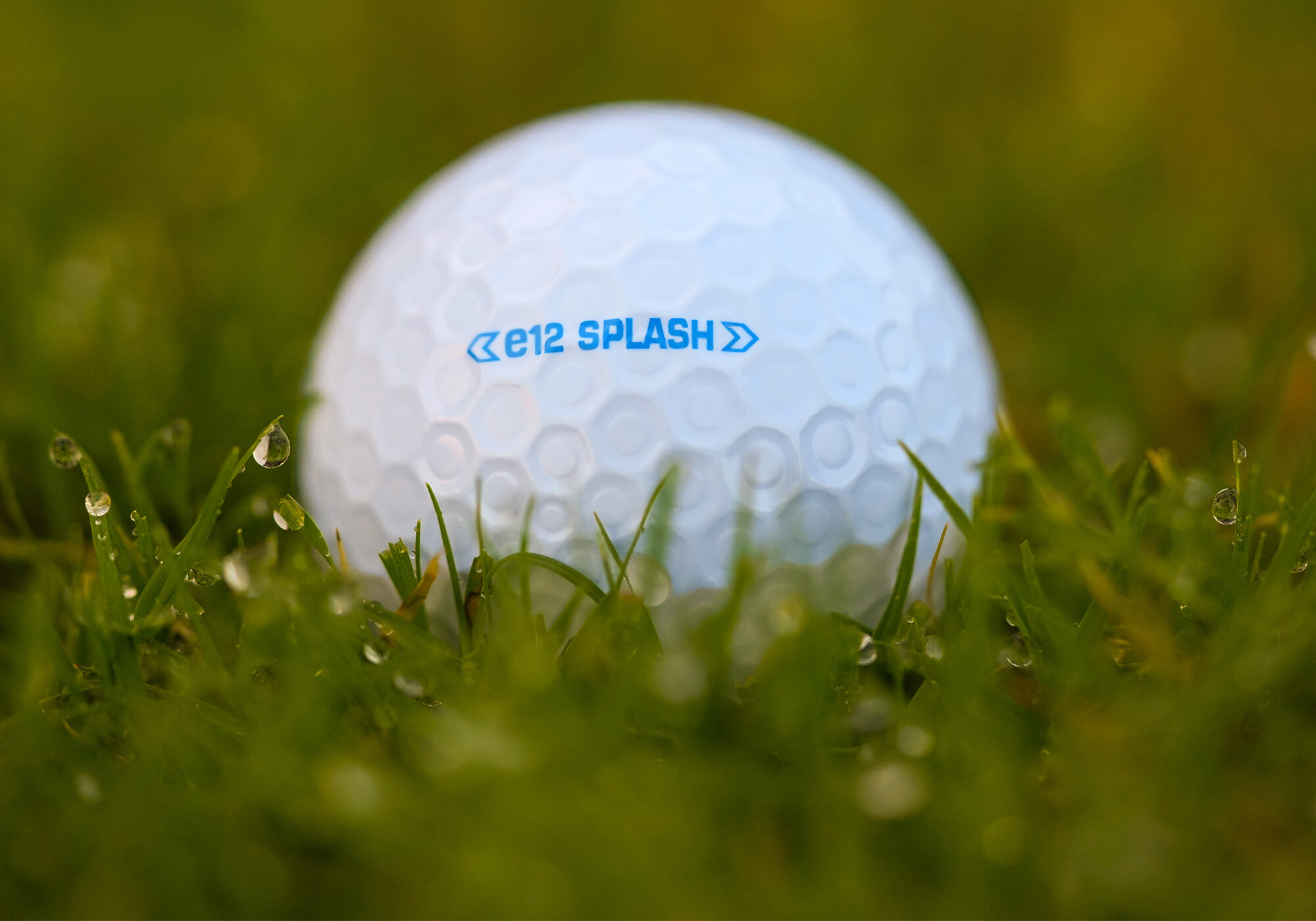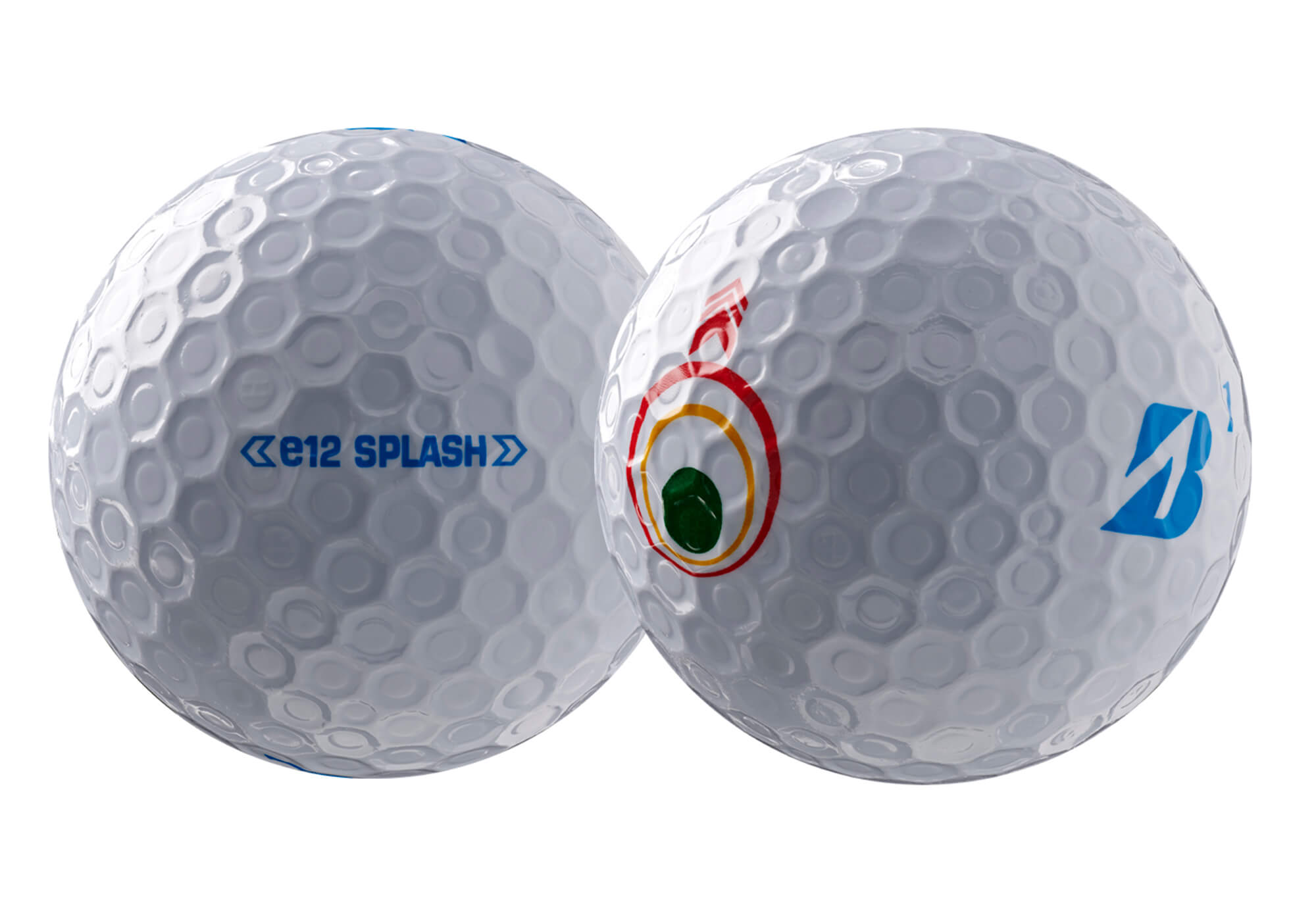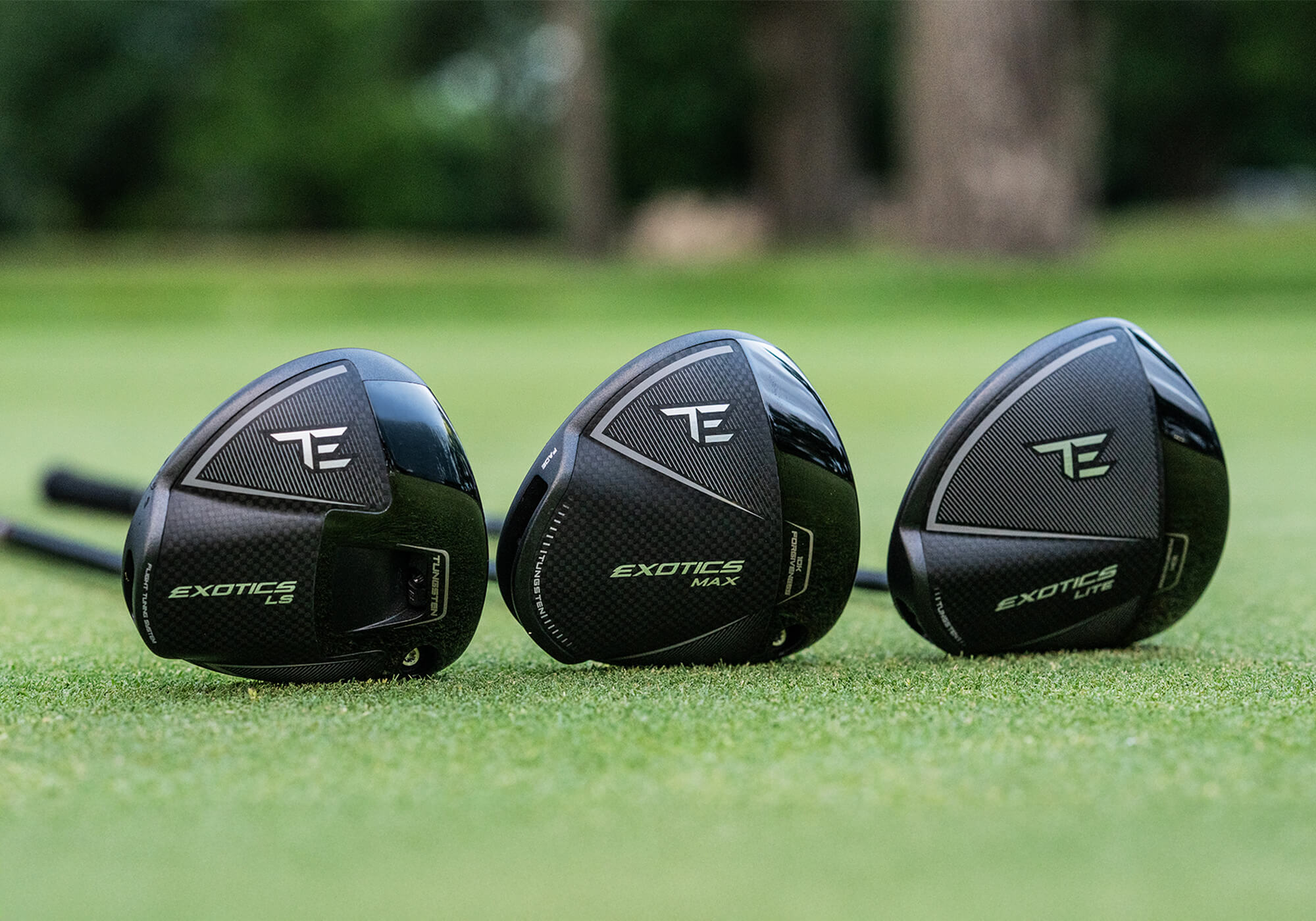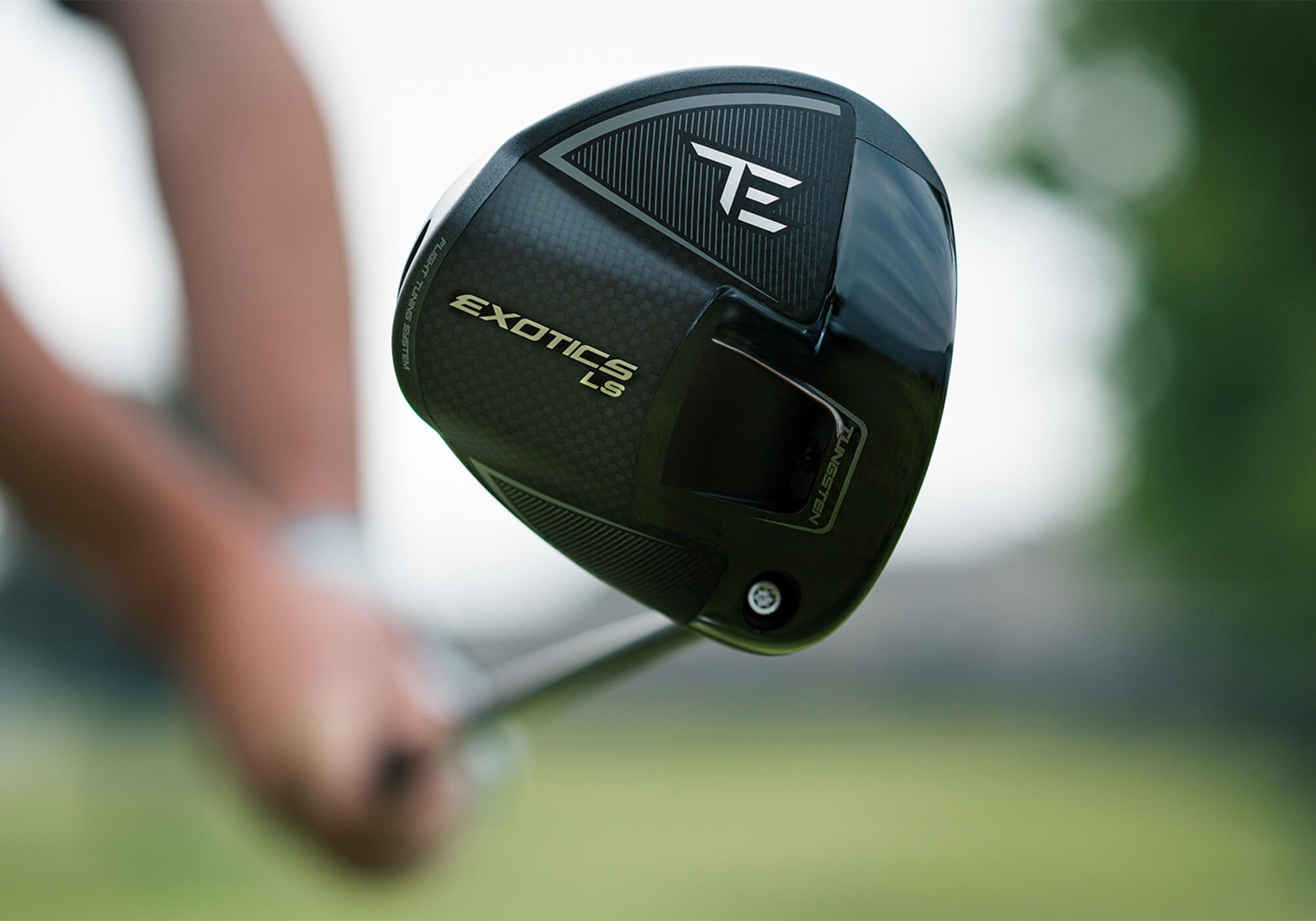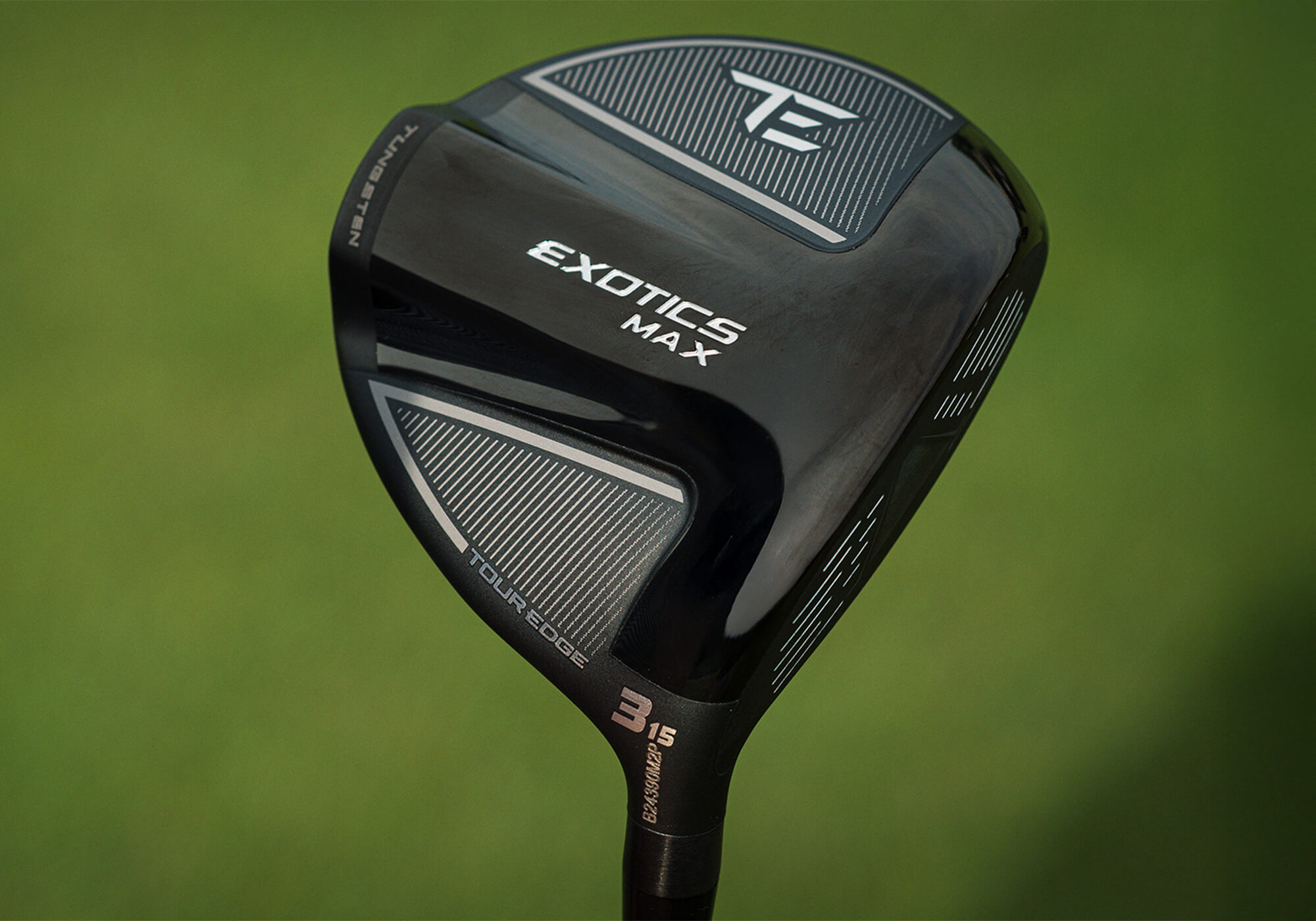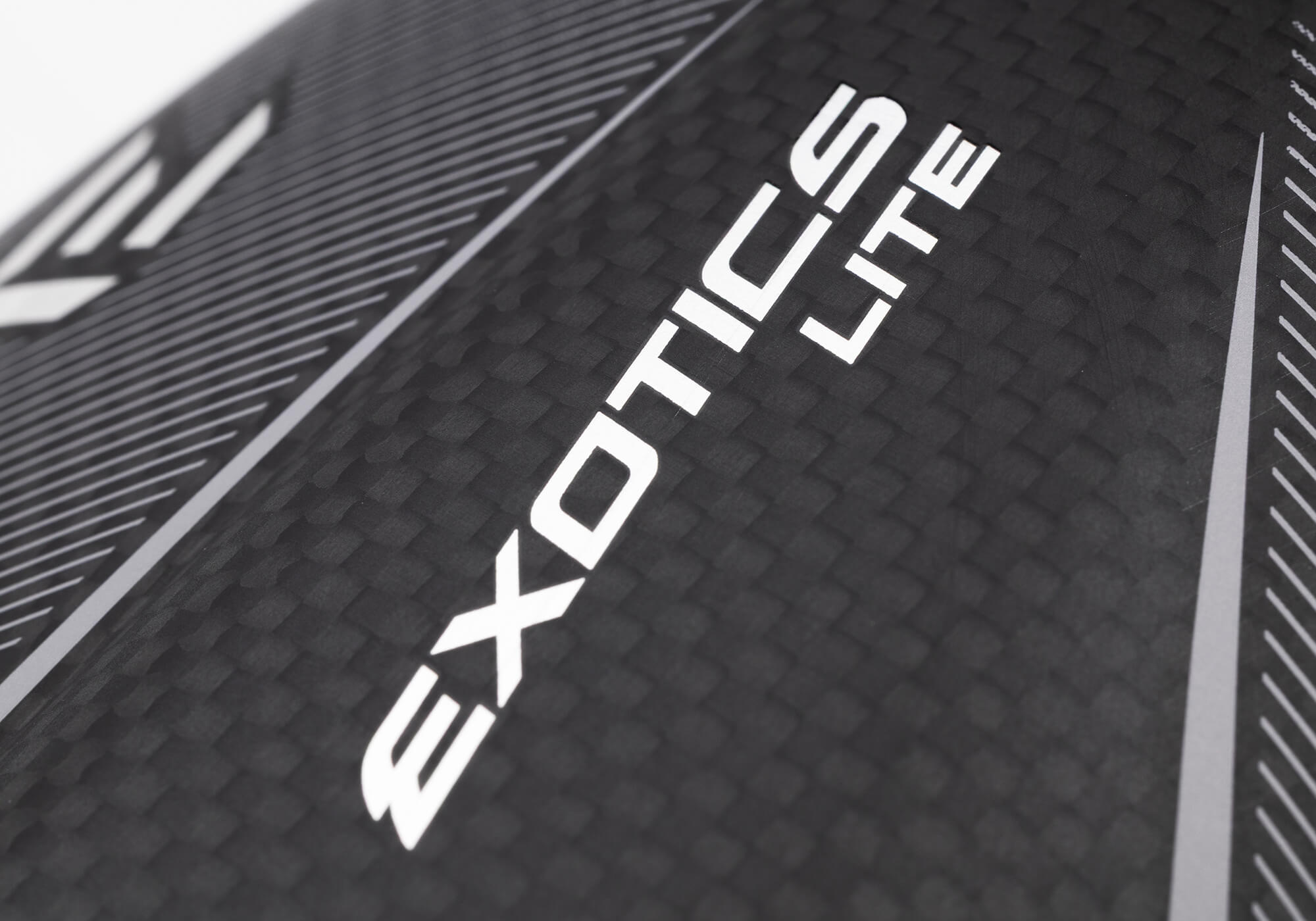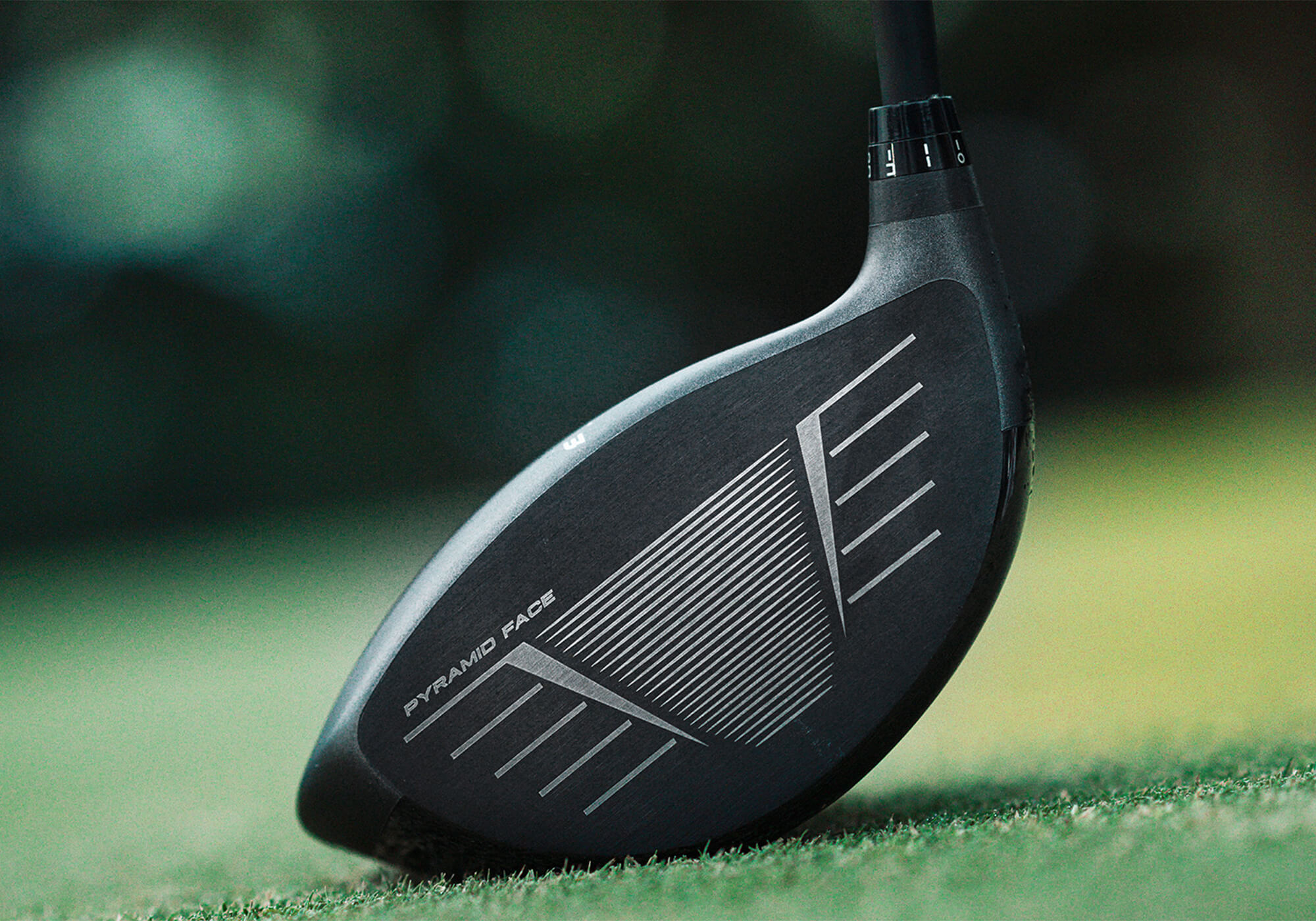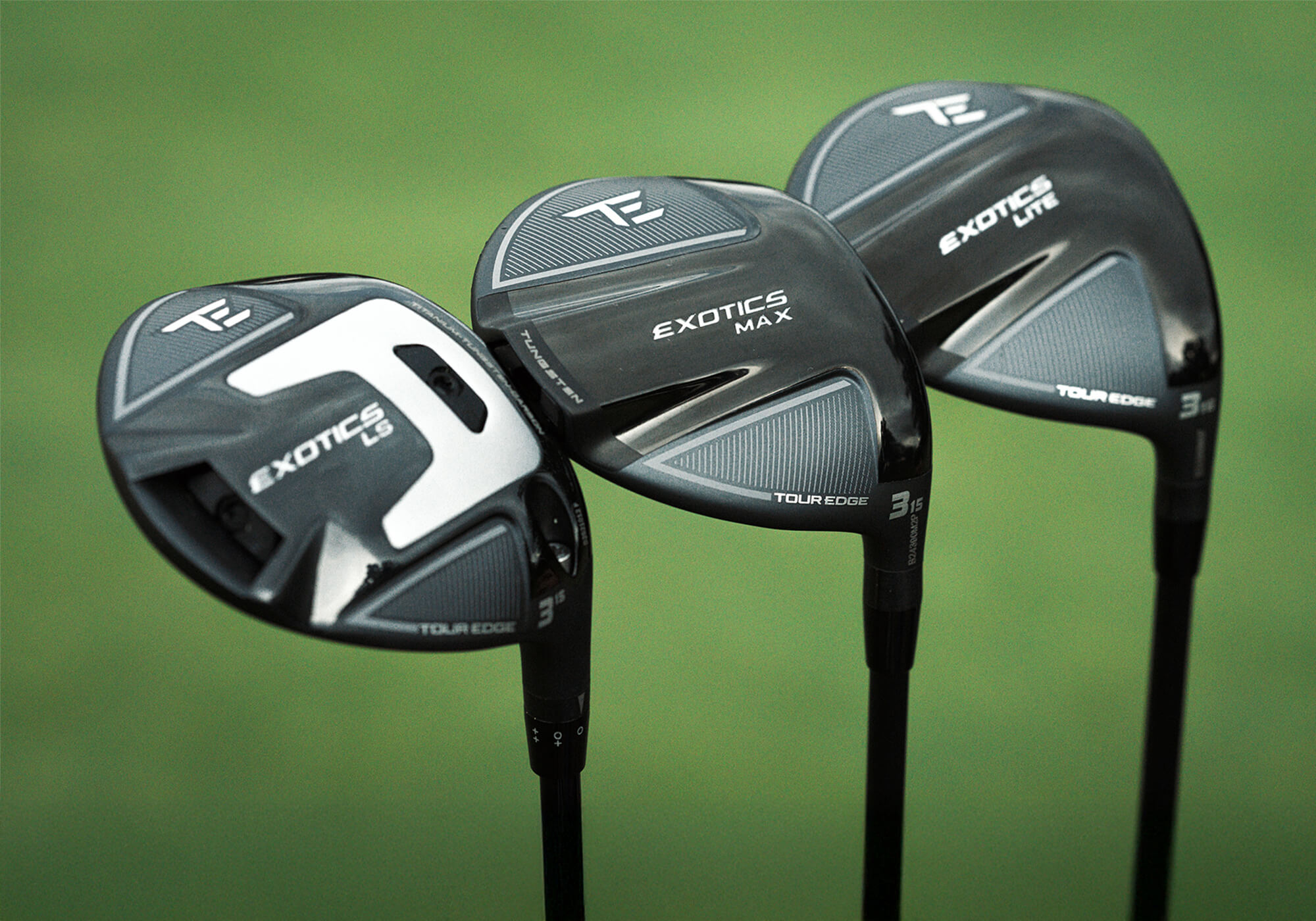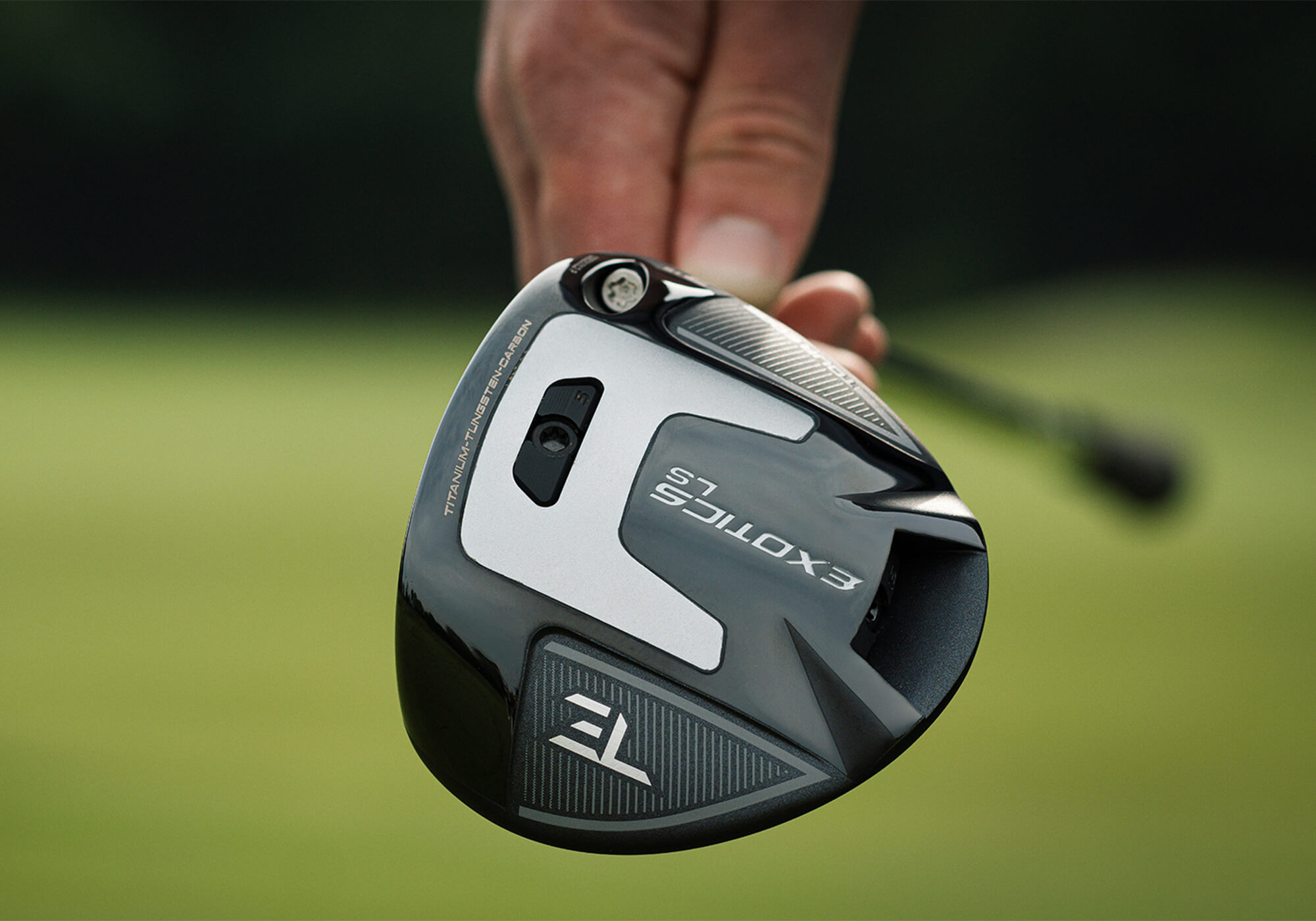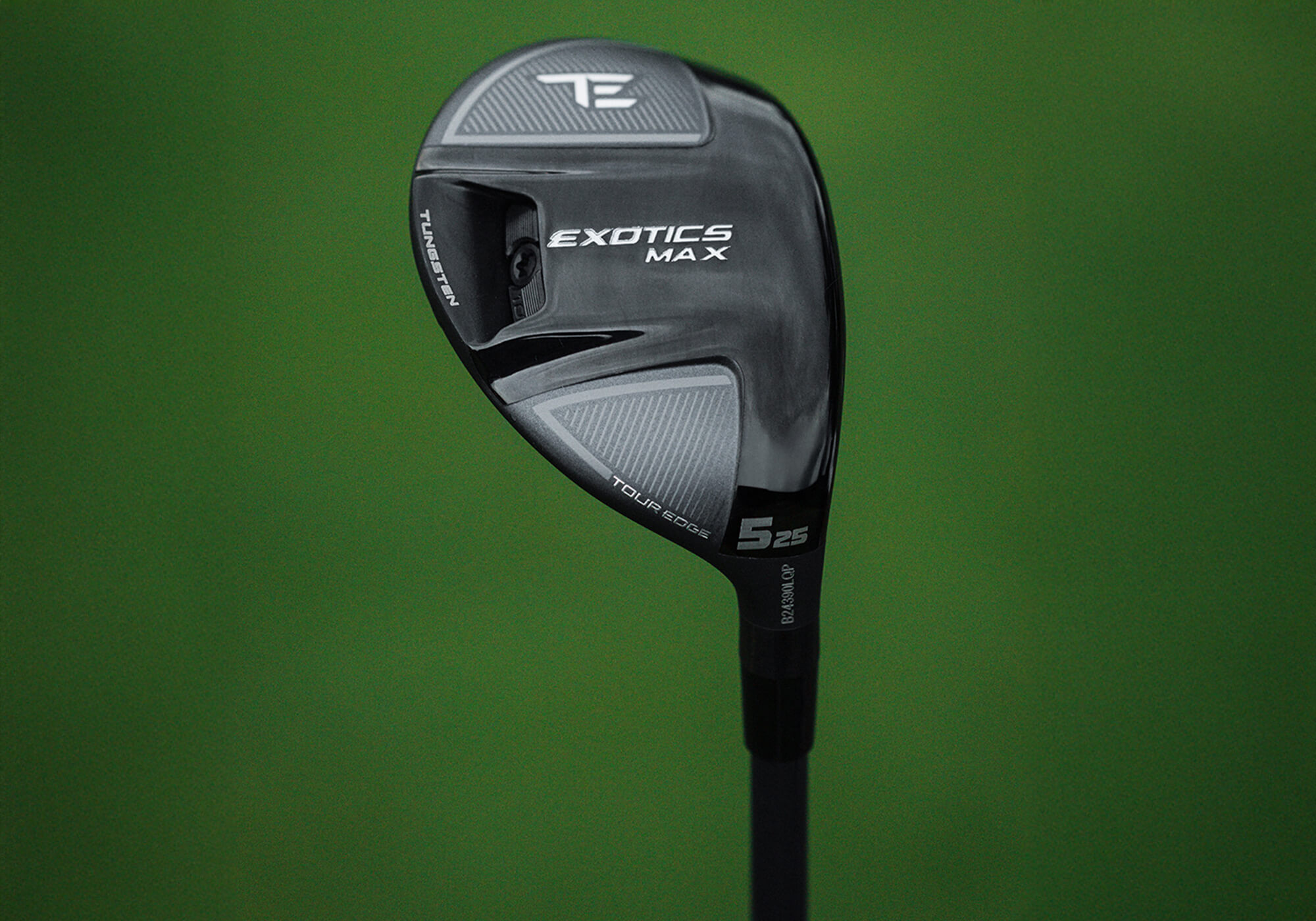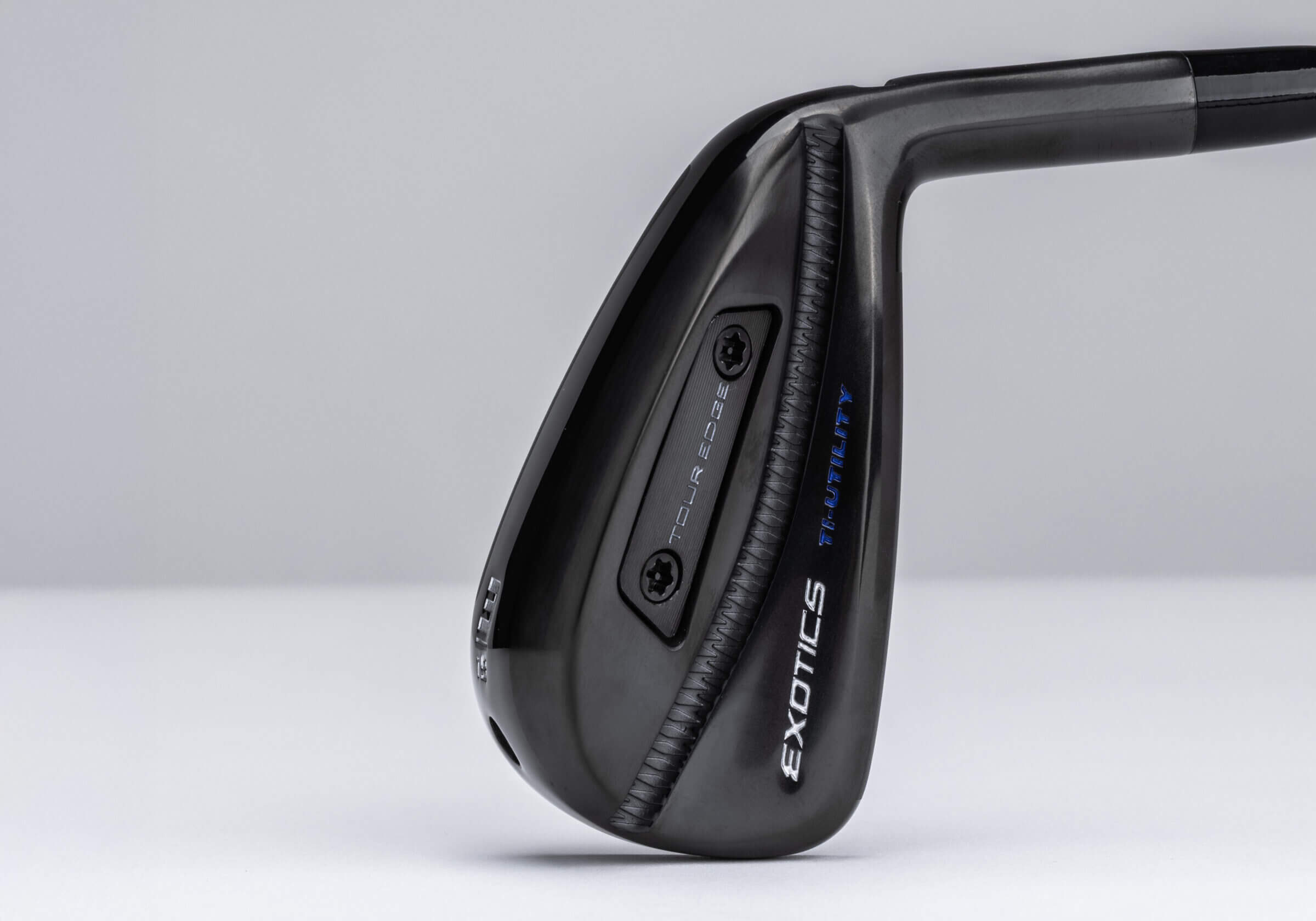Golf, often perceived as a leisurely sport, boasts a rich vocabulary that can be perplexing to newcomers. Understanding this unique terminology is key to appreciating the game and improving your play. Here's a breakdown of some essential golf terms you'll encounter on the course.
The Course and Its Features
Tee Box
The designated area where a golfer starts each hole. It's marked by two tee markers indicating the boundaries from which the ball must be teed up.
Fairway
The closely mown area of grass that runs from the tee box to the green. This is the ideal place for your ball to land after your drive.
Rough
The areas of longer grass that flank the fairway. It's more challenging to hit a ball cleanly from the rough.
Green
The meticulously manicured area at the end of each hole where the flagstick and hole are located. The grass here is cut very short to allow for smooth putting.

